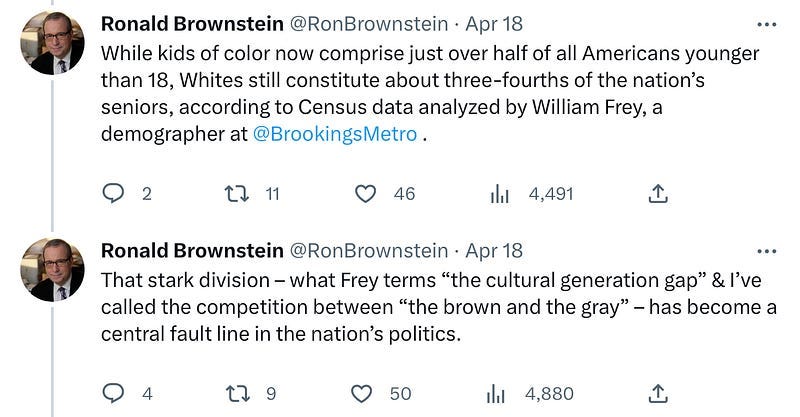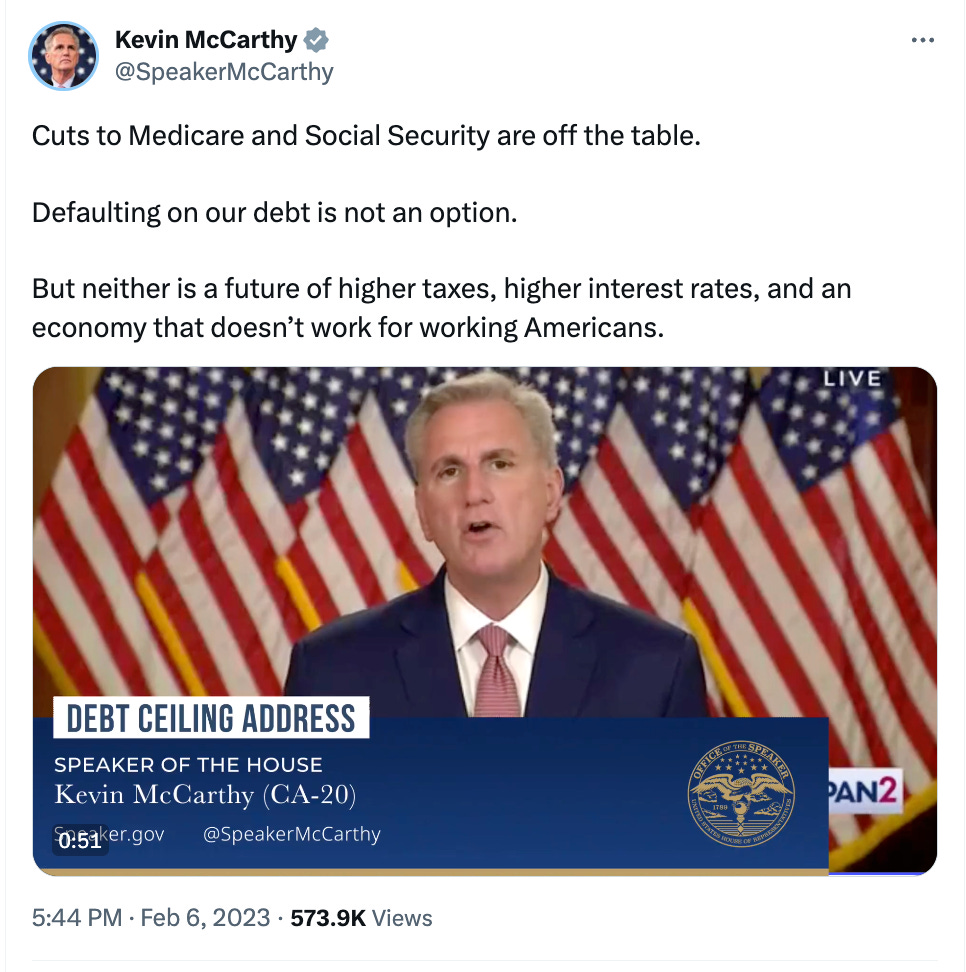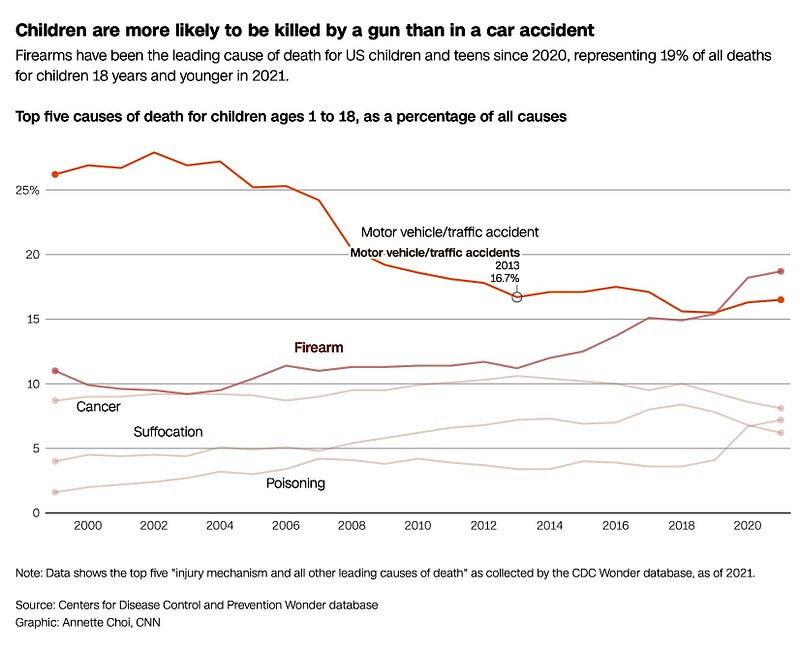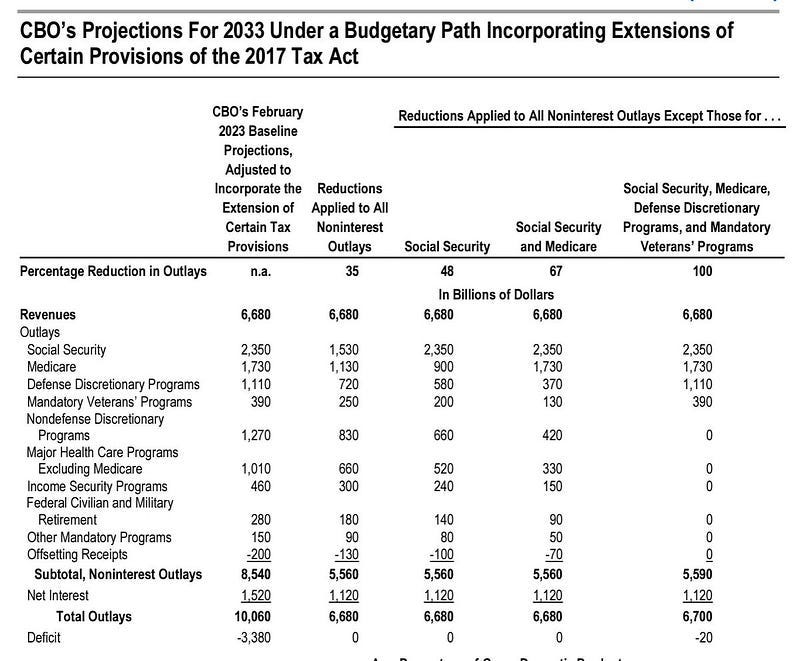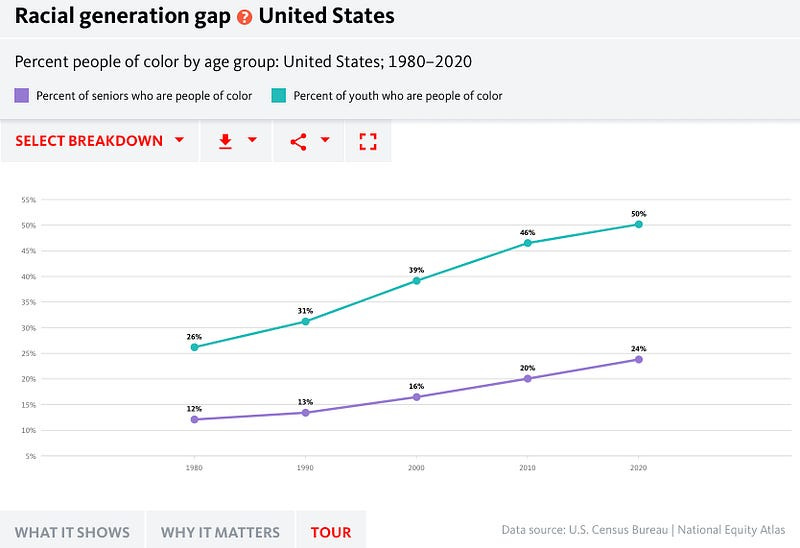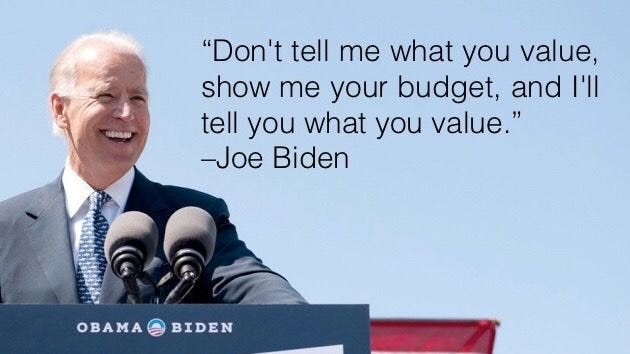During the House debt ceiling debate, several members of Congress evoked the “next generation” as a newly discovered interest and reason for addressing the federal budget deficit.
While we appreciate the fresh interest in children and agree that the deficit is an issue of importance to the next generation, it is nonsensical to argue that it is in the best interests of children for the House of Representatives to disproportionately subject them to significant long-term cuts. Unfortunately, that is what the debt ceiling bill (H.R. 2811) does.
Time and time again, when Congress chooses to cut programs or funding, children are frequently a primary target (see, for example, THIS, THIS, THIS, THIS, and THIS).

Are kids targeted for budget cuts because they don’t vote or don’t have Political Action Committees (PACs)? Are children subjected to severe cuts due to “childism,” the racial or cultural generation gap, and/or intergenerational warfare?
Or maybe it is about punishing young people for their voting behavior?

Whatever the reason(s), the House bill is choosing to exempt certain programs and populations, such as Social Security and Medicare, but not children and young adults. President Joe Biden has also made it crystal clear that he will protect Social Security and Medicare from cuts, as he should since both programs are critically important to senior citizens.
However, House leadership has taken the additional steps of committing to protect defense spending, which is already more than that of the next 10 nations combined, and tax breaks for the wealthy — but not children.
In fact, H.R. 2811 cuts discretionary funding by $130 billion immediately and cuts spending over the next 10 years by an additional $3+ trillion, according to the Congressional Budget Office. This would disproportionately harm children.
Moreover, funding to alleviate college debt and investments in the environment — both issues of importance to younger voters — are specifically targeted for elimination by H.R. 2811.
Finally, according to the Center on Budget and Policy Priorities (CBPP), 540,000 families with 1 million children could lose assistance under the Temporary Assistance for Needy Families program (TANF) and significantly increase deep child poverty “due to the severe limits the bill would impose on states’ flexibility in how they provide TANF assistance and employment services.”
Right now, in this moment, the kids are not alright.
In fact, children are in crisis with rising threats to their health, education and early childhood, hunger, homelessness, environmental threats, and rising mortality rates due primarily to gun violence (including rising homicide and suicide rates), and substance abuse poisonings.
Our children need care, not cuts.
Systemic Targeting of Children
Intergenerational warfare refers to the idea that one generation is deliberately creating policies that benefit themselves at the expense of future generations. Shouldn’t there be some level of fairness and commitment to the next generation?
According to data from the Urban Institute, the federal government already spends about six times per senior citizens more than children.
And according to the Committee for a Responsible Federal Budget (CRFB), the federal budget already sets up a situation in which programs for older Americans are treated far better than programs for children. CRFB’s analysis concludes:
While much of spending on adults is mandatory, spending on children is disproportionately discretionary and thus must be reviewed and renewed with other appropriations.
Spending on children is disproportionately temporary, and it requires far more regular reauthorization and appropriation than programs for adults.
Spending on adults is rarely limited while spending on children is often capped, constraining what can be spent for most major children’s programs.
Most programs for children lack built-in growth, leading spending on children to erode relative to spending on adults and relative to the economy.
Programs for children lack dedicated revenue and thus lack the political advantage and protection of programs for seniors that enjoy this benefit.
Growing spending on adults is burdening younger generations by driving up debt and thus reducing future income and increasing costs.
CRFB adds, “These features of the current budget process are increasingly leading spending on children to be crowded out, as the burden we place on children rises.”
These advantages to older generations have been part of the budget even before the House debt ceiling bill was proposed. Consequently, the trajectory is one in which the federal share of spending dedicated to children has been on a long downward decline.
For example, during the Trump Administration, the share of federal spending on children dropped by an astounding 24% — from 9.89% of the federal budget to just 7.55%.
Fortunately, the share of federal spending on children experienced a short-term upward increase due to the American Rescue Plan Act’s (ARPA) provisions expanding and improving the Child Tax Credit and child nutrition and addressing the crises that education and child care programs were experiencing during the global COVID pandemic and economic recession, but it was temporary.
Unfortunately, many of those provisions have since expired and the analysts anticipated that the trajectory of the federal budget will return to a declining share of spending on children.
To compound the harm, H.R. 2811 would further slash funding to education, Head Start, child care, child health, child nutrition, child and family homelessness, and child abuse prevention by an additional 22% or more.
In fact, if additional programs are exempted from cuts, the Congressional Budget Office projects that the House bill would force the elimination of many children’s programs. For example, in the middle of the night before the final vote on the House bill, some House members demanded the protection of ethanol (and not children) for their vote.
Kids would be what are left on the chopping block.
Congress Should Be Investing in Children, Not Cutting Them
Investments in children are critical to their well-being and success. Numerous studies have demonstrated that investing in children has enormous long-term benefits to both their and our society’s future.
For example, an extensive meta-analysis of numerous studies by Harvard economists Nathaniel Hendren and Ben Spring-Keyser found that investments in children’s programs provide significant benefits. Their study concludes:
Direct investments in the health and education of low-income children have historically yielded the highest returns.
Opportunities for high-return investments have persisted throughout childhood.
Many direct investments in low-income children’s health and education have paid for themselves.
It is in all of our interest to do right by our children. Former presidents all understood this and their obligations to future generations.
“If the children are untaught, their ignorance and vices in future life cost us much dearer in their consequences than it would have done in their correction by a good education.” — Thomas Jefferson
“Each of our children represents either a potential addition to the productive capacity and the enlightened citizenship of the nation, or, if allowed to suffer from neglect, a potential addition to the destructive forces of the community.” — Teddy Roosevelt
“We cannot always build the future for our youth, but we can build our youth for the future.” — Franklin D. Roosevelt
“It must not for a moment be forgotten that the core of any social plan must be the child.” — Franklin D. Roosevelt
“The children of America are not just our own children, but they are the children of all mankind. They are the world’s children.” — John F. Kennedy
“We must do what is necessary to ensure that every child has a chance to succeed, and that means investing in our schools and our communities.” — Ronald Reagan
“We need to make a commitment to our children and that we will protect them and provide for their needs, and we must follow through on that promise.” — George H.W. Bush
“Our children, who are today dreaming big dreams and who are filled with hope, will someday serve as leaders in government, industry, education, and the arts. For the good of our country and its continued progress and advancement, we must strive to give all young Americans the best possible start in life..” — George W. Bush
“This is our first task, caring for our children. If we don’t get that right, we don’t get anything right. That’s how, as a society, we will be judged.” — Barack Obama
“It’s time for a president to stand up and remind the American people that we have promises to keep — promises to the world, promises to one another, promises to our children and to our grandchildren. In rededicating ourselves to the hard work of fulfilling these promises, we restore America as the hope of the world and the vision of a brighter future.” — Joe Biden
Unfortunately, the House has chosen to disproportionately target children for cuts, despite the reality that kids are not responsible for the budget deficit. Children are nearly one-quarter of the population, but as the Urban Institute demonstrates, they represent only about 10% of federal spending and were already projected to decline to just 6.4% of all federal spending. This disparity would be even worse if H.R. 2811 were to be enacted.

Again, this begs the question: Considering that the average age of a Member of Congress is now 58 and that children cannot vote, are these decisions to exempt and give preferential treatment to certain programs (such as Medicare, Social Security, tax breaks for the wealthy, and defense spending) from cuts while subjecting children to the bulk of cuts, caused by the racial generation gap and intergenerational warfare?
The following chart from the National Equity Atlas (built by PolicyLink and USC Equity Research Institute) highlights the racial generation gap that has been demonstrated to negatively influence the investments that state and local governments make in education programs for younger generations.
For example, a study that we have conducted at First Focus on Children confirms that states and communities with larger racial generations gaps systemically invest less in children’s programs and education.
This must change.
As Manuel Pastor, Jennifer Ito, and Vanessa Carter at USC argue:
We need to bridge the racial generation gap urgently. We have become a nation spinning apart — socially, economically, and even epistemically — when we need to be a nation growing together. We have many histories but we have a single destiny….
With a majority of Members of Congress two generations removed, on average, from kids today, they need to listen, understand, and address the concerns and needs of children, who are struggling with high poverty, hunger, insecure housing, child abuse, inadequate early childhood services, and cuts to education that are leading millions of them down a pathway toward a dark and uncertain future.
Kids need investments and care, not cuts. Our future depends on it. We are all in this together.
The American people understand this. By overwhelming margins, they believe the federal government is spending TOO LITTLE rather than TOO MUCH on children.

The American people recognize that you can’t expect returns on investments you don’t make. Therefore, it’s long past time we make investments in our children rather than disproportionately targeting them for cuts.
The poet Gabriela Mistral explains:
We are guilty of many errors and many faults, but our worst crime is abandoning the children, neglecting the fountain of life. Many of the things we need can wait. The child cannot. Right now is the time their bones are being formed, their blood is being made, and their senses are being developed.
A federal budget represents the priorities of our government and society. President Joe Biden often quotes his father saying, “Don’t tell me what you value. Show me your budget, and I’ll tell you what you value.”
Unfortunately, House leadership has already expressed a commitment to try and extend the tax breaks of corporations and the wealthiest among us, while seeking to impose significant, long-term cuts to programs that are critical to the education, health, safety, and well-being of a whole generation of children.
During the 2013 budget negotiations between President Obama and Congress, Ronald Brownstein wrote:
The budget isn’t a zero-sum struggle between kids and seniors, the brown and the gray. A generationally equitable, growth-promoting deal would expand investment in children, impose reasonable limits on defense, raise taxes to acknowledge that government will cost more in a society with twice as many seniors, and constrain entitlements so that the gray wave doesn’t swamp everything else. Neither party, given the demands inside its coalition, can produce such a balanced solution alone. The two sides likely won’t acknowledge it anytime soon, but only by linking arms can they rebalance Washington’s priorities between investment and consumption — and between the young and the old.
Again, it is nonsensical to argue that targeting children for cuts is somehow for their benefit. It is not.
A decade ago, Anna Bernasek offered words that remain instructive today:
For all the talk about needing to cut spending to save our children and grandchildren from paying off our debt, in practice we are already ignoring our children so we may remain comfortable deep into old age.
Bernasek added:
As governments strain to cover budget shortfalls and placate debt fears, the young are losing out….That has implications for long-term economic growth. Cutting back on the young is like eating the seed corn: satisfying a momentary need but leaving no way to grow a prosperous future.
It is important for Congress to consider the long-term implications of their decisions, and to work toward a budget that is fair, balanced, and just for all Americans, regardless of age.
Somehow Congress seems to have forgotten that we are all in this together and that policymakers have an obligation to protect senior citizens, while also protecting children, investing in and supporting the next generation, and giving them the opportunity to be successful for themselves and our nation’s future.
*****
If you would like to help ensure that children and their needs, concerns, and best interests are no longer ignored by policymakers, please consider joining us as an “Ambassador for Children” or becoming a paid subscriber to help us continue our work on behalf of children.





